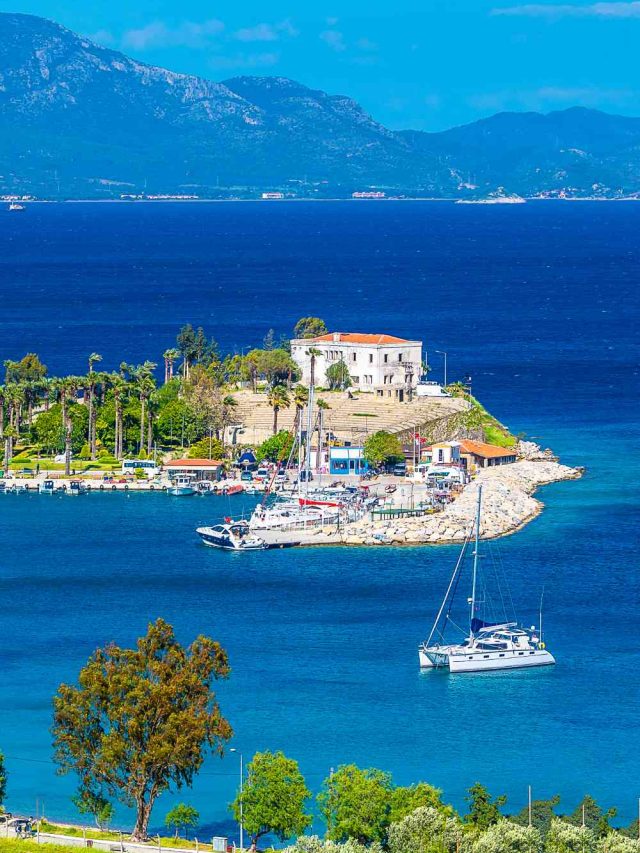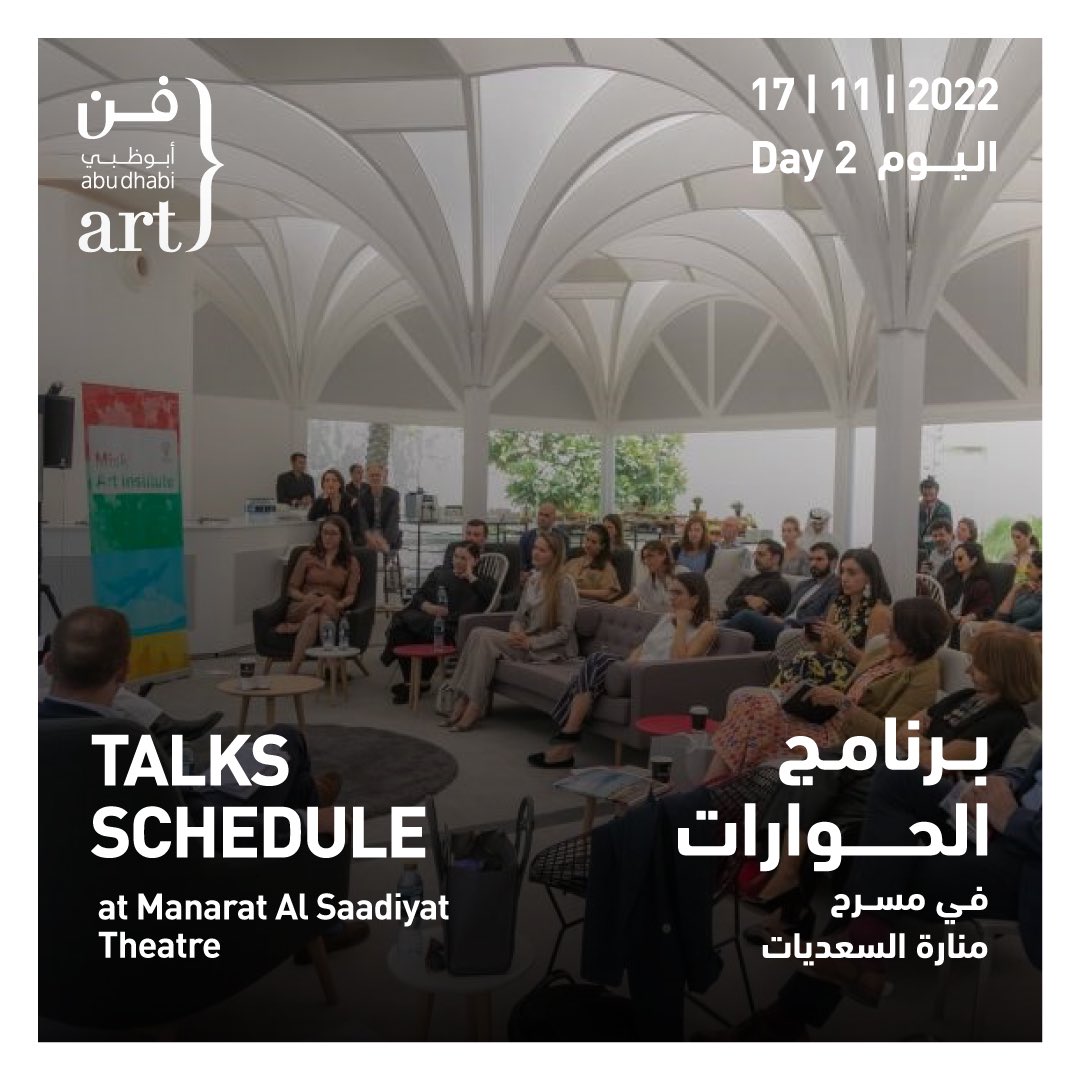Hagia Sophia: Enduring Megastructure Through The Ages

Table of Contents
The Hagia Sophia's Byzantine Era: A Testament to Architectural Brilliance
Construction and Initial Design
Construction of the Hagia Sophia began in 532 AD under the ambitious reign of Byzantine Emperor Justinian I. The historical context was one of rebuilding after the Nika riots, which destroyed the previous structure on the site. The project was a statement of imperial power and religious devotion, showcasing the empire's wealth and engineering prowess. The architects, Anthemius of Tralles and Isidore of Miletus, employed innovative techniques, including the use of pendentives – curved triangular supports – which allowed for the creation of a massive dome, a revolutionary feat for its time. The sheer scale of the building was groundbreaking; its immense size and innovative design surpassed anything previously constructed.
- Innovative Materials: The Hagia Sophia utilized brick, marble, and other materials sourced from across the Byzantine Empire, showcasing the vast resources at Justinian's disposal.
- Groundbreaking Size: Its vast interior space created an awe-inspiring atmosphere, intended to inspire reverence and reflect the glory of God.
- Symbol of Byzantine Power: The Hagia Sophia served as the central church of the Byzantine Empire, a powerful symbol of its religious and political authority.
Interior Design and Artistic Marvels
The interior of the Hagia Sophia was once lavishly adorned with mosaics and frescoes, vibrant depictions of religious figures and scenes. These artistic marvels, many of which have survived through the ages, are testament to the skill of Byzantine artists and their contribution to the structure's spiritual atmosphere. The use of light and space was masterfully employed, with light filtering through the dome to create a dramatic and ethereal environment, intensifying the religious experience.
- Religious Iconography: Mosaics and frescoes showcased biblical scenes, portraying Christ, the Virgin Mary, and other important figures, illustrating the complex theological beliefs of the time.
- Preservation of Byzantine Art: While much was altered or lost over time, surviving mosaics offer glimpses into the original splendor of the Hagia Sophia during the Byzantine era.
- Spiritual Atmosphere: The combination of scale, light, and artistry fostered a truly immersive and spiritually uplifting experience for worshippers.
The Hagia Sophia as a Mosque: A Transformation of Purpose and Aesthetics
The Ottoman Conquest and Conversion
Following the Ottoman conquest of Constantinople in 1453, the Hagia Sophia was converted into a mosque, reflecting the changing religious and political landscape. Sultan Mehmed II, the conqueror of Constantinople, ordered modifications to adapt the building to Islamic worship. Subsequent Ottoman sultans also contributed to its transformation, adding elements to enhance its functionality as a mosque.
- Addition of Minarets: Four slender minarets were added to the exterior, signifying its conversion into a place of Muslim worship.
- Mihrab and Minbar: A mihrab (prayer niche) and minbar (pulpit) were added, directing worshippers toward Mecca and serving as the focal points of congregational prayer.
- Ottoman Patronage: Many Ottoman rulers invested in its upkeep and embellishment over the centuries, making it a central place of worship.
Islamic Art and Calligraphy
The conversion to a mosque involved the integration of Islamic art and calligraphy, enriching the existing Byzantine structure. Ottoman artists incorporated intricate calligraphy, decorative patterns, and other Islamic artistic elements that blended with the Byzantine features.
- Calligraphic Inscriptions: Verses from the Quran were inscribed on the walls, creating an atmosphere of spiritual reflection.
- Preservation and Alteration: Existing Byzantine artwork was sometimes altered or covered, but many original elements were preserved and integrated into the new aesthetic.
- Blending of Styles: The Hagia Sophia became a unique synthesis of Byzantine and Ottoman art, reflecting the transition of power and cultural exchange.
Hagia Sophia as a Museum and Secular Landmark
The Secularization Process
In 1935, under the Turkish Republic, the Hagia Sophia was converted into a museum, marking a significant shift in its status. This secularization involved the removal of some Islamic elements and a renewed focus on preserving and restoring the building's historical significance, showcasing its multifaceted history.
- Removal of Islamic Elements: Some additions made during the Ottoman period were removed to emphasize the building's Byzantine heritage.
- Restoration Efforts: Extensive restoration work was undertaken to stabilize the structure and preserve its surviving features.
- International Significance: The decision to transform the Hagia Sophia into a museum reflected a broader attempt at secularization within Turkey and gained international recognition.
Hagia Sophia Today: A Symbol of Cultural Heritage
Today, the Hagia Sophia stands as a UNESCO World Heritage Site, a remarkable testament to human ingenuity and cultural exchange. It serves as a museum, attracting millions of visitors annually, and continues to be a potent symbol of cultural heritage, sparking ongoing discussions about its multifaceted past and future.
- UNESCO World Heritage Site: Its designation as a World Heritage Site acknowledges its outstanding universal value.
- Tourist Attraction: It is one of the most popular tourist attractions in Istanbul, drawing visitors from all over the world.
- Ongoing Debates: The Hagia Sophia's recent conversion back to a mosque continues to fuel debates surrounding religious freedom, cultural heritage, and secularism.
Hagia Sophia's Architectural Innovations and Enduring Influence
Engineering Marvels
The Hagia Sophia's construction showcases remarkable engineering achievements. The innovative use of pendentives to support the massive dome was a revolutionary feat, allowing for the creation of an unprecedentedly large and soaring interior space. The dome itself, a masterpiece of engineering, remains a marvel of architectural design.
- Pendentive Construction: The use of pendentives, which smoothly transitioned the weight of the dome to the supporting piers, is a testament to the engineering brilliance of the era.
- Dome Construction: The massive dome's size and innovative construction techniques influenced countless subsequent buildings.
- Architectural Influence: The Hagia Sophia's design and construction techniques served as a model for later churches and mosques.
Lasting Impact on Architectural Design
The Hagia Sophia's influence on subsequent architectural styles and design principles is undeniable. Its innovative design and proportions have inspired countless architects and builders throughout history, leaving an indelible mark on architectural design.
- Precedent-Setting Design: It's considered a pivotal moment in architectural history, impacting the design of religious buildings and public structures for centuries.
- Influence on Subsequent Structures: Many notable buildings around the world show the Hagia Sophia’s influence in their designs and construction techniques.
- Enduring Legacy: The Hagia Sophia continues to serve as a testament to enduring design principles, inspiring architects and engineers today.
Conclusion: The Hagia Sophia's Enduring Legacy
The Hagia Sophia's journey through history, from its origins as a Byzantine cathedral to its status as a mosque and now a museum (with recent changes back to a mosque), is a remarkable story of architectural adaptation and cultural exchange. This enduring megastructure reflects the dynamism of empires and the lasting impact of human creativity. Its innovative dome, breathtaking interior, and complex history continue to inspire awe and wonder. Explore the rich history and architectural marvels of the Hagia Sophia – a true enduring megastructure that continues to inspire awe and wonder. Dive deeper into the captivating story of the Hagia Sophia and discover the secrets of this incredible enduring megastructure.

Featured Posts
-
 Donald Trumps Pardon Of Pete Rose A Long Awaited Decision
Apr 29, 2025
Donald Trumps Pardon Of Pete Rose A Long Awaited Decision
Apr 29, 2025 -
 Dreaming Of Life In Spain Two Americans Very Different Experiences
Apr 29, 2025
Dreaming Of Life In Spain Two Americans Very Different Experiences
Apr 29, 2025 -
 Fn Abwzby Tjrbt Fnyt Astthnayyt Tbda 19 Nwfmbr
Apr 29, 2025
Fn Abwzby Tjrbt Fnyt Astthnayyt Tbda 19 Nwfmbr
Apr 29, 2025 -
 Managing Adhd Naturally Diet Exercise And Lifestyle Changes
Apr 29, 2025
Managing Adhd Naturally Diet Exercise And Lifestyle Changes
Apr 29, 2025 -
 The Ccp United Fronts Influence A Minnesota Case Study
Apr 29, 2025
The Ccp United Fronts Influence A Minnesota Case Study
Apr 29, 2025
